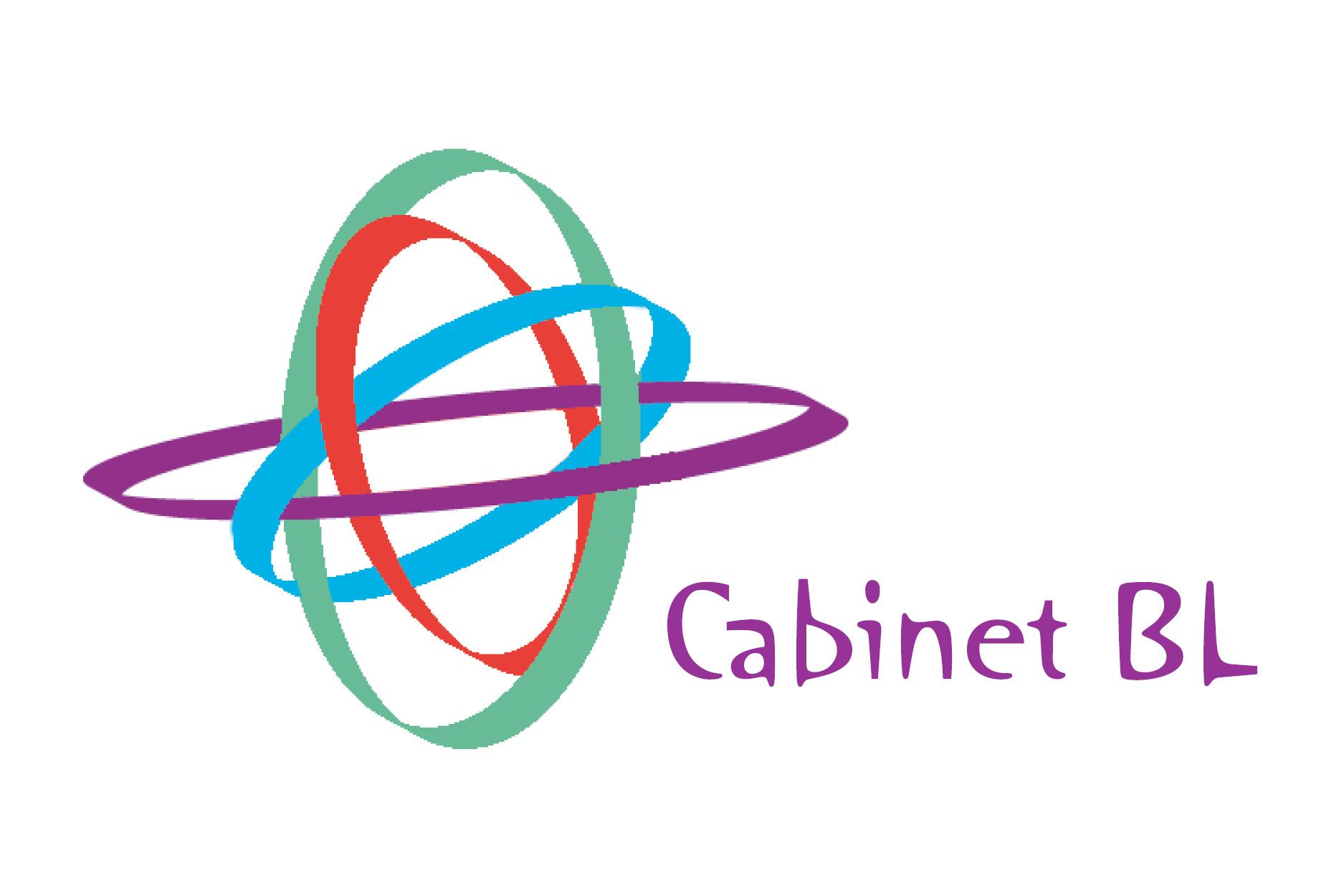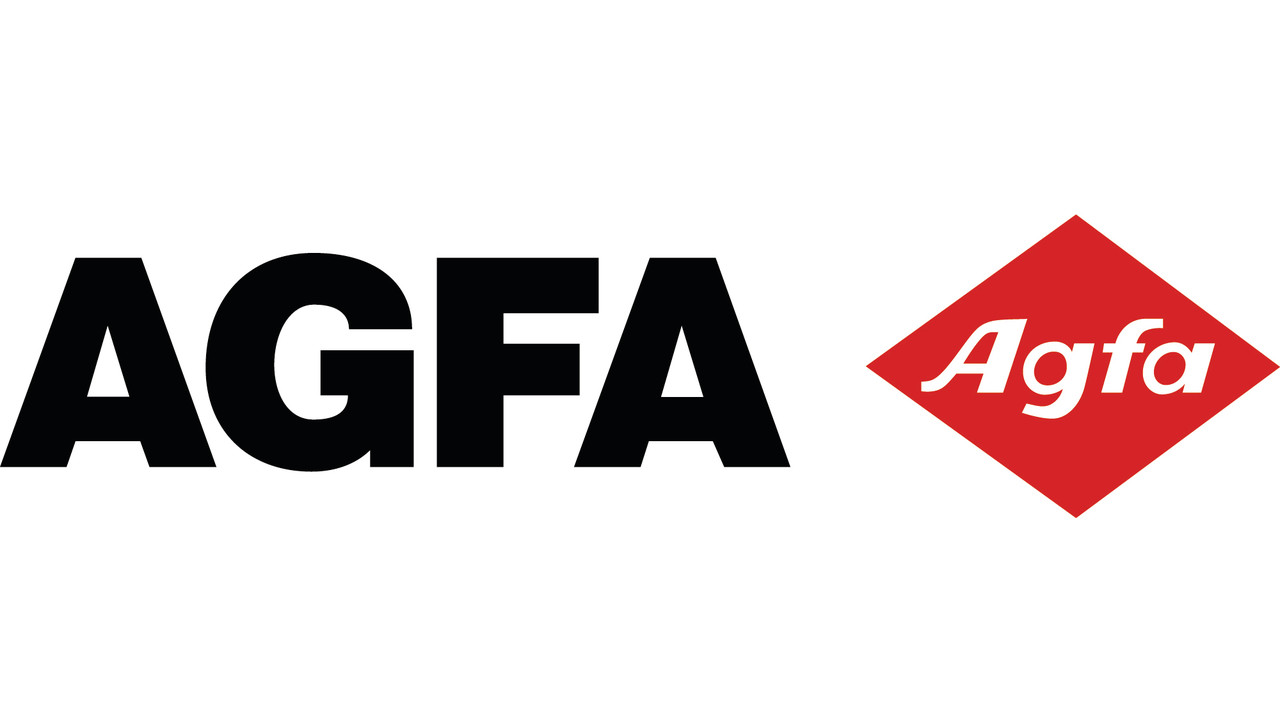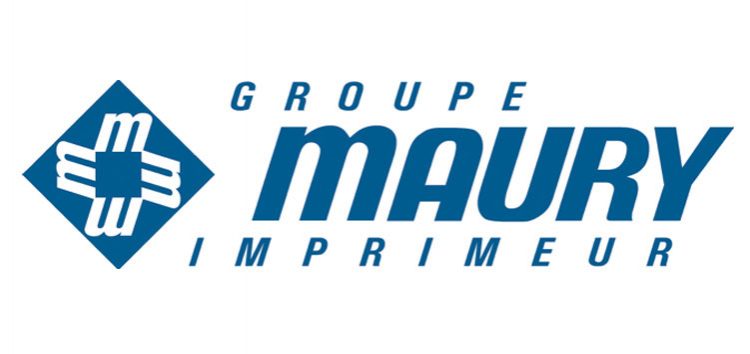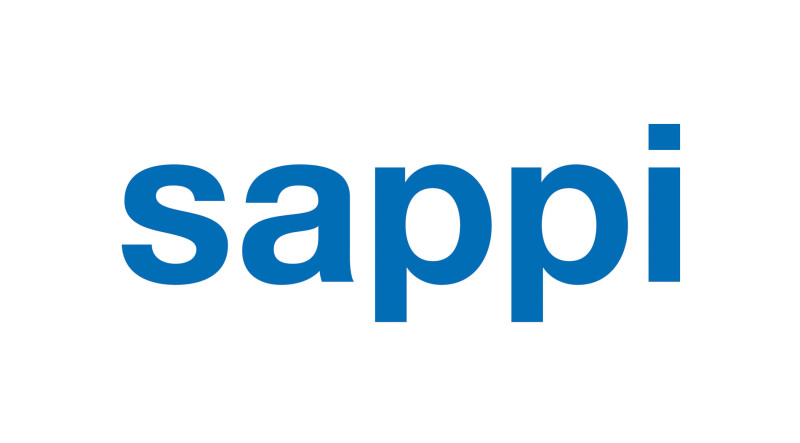“The impact will be immense”: How AI is reshaping the publishing industry
“There is no doubt that AI will become the essential key to success for the publishing industry,” says Colin Lovrinovic, MD of Gould Finch a management consultancy.
Gould Finch and Frankfurter Buchmesse (international publishing industry’s biggest trade fair) have collaborated on a recently published whitepaper, “The future impact of artificial intelligence on the publishing industry.”
It is the result of a 6-month international survey of 233 participants from 17 countries, and includes inputs of CEOs and editors from the publishing industry.
The paper outlines challenges publishers face while considering AI implementation in their organizations. And presents suggestions on where they should concentrate efforts and attention to realize the most benefits.
Key highlights:
“Minimal investments can still bring in monetary benefits”
Among the popular misconceptions about AI is that it requires considerable investment to implement and that it’s going to take away reporters’ jobs.
The survey found that a high percentage of the participants believe that investing large amounts of money (in AI) is too risky and without any guaranteed return.
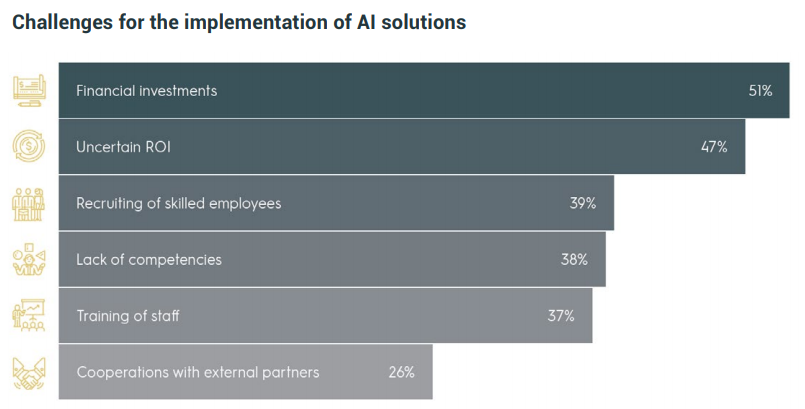
However, the authors suggest that even minimal investments can still bring in monetary benefits. They note, “those who have invested in artificial intelligence are happy with their experience and will continue to invest on all levels.
“Noteworthy is also the growing number of service providers using different AI technologies and offering them as paid services to publishers at reasonable costs, thereby increasing accessibility.”
“Creative minds won’t be replaced by machines”
Regarding loss of reporters’ jobs, they acknowledge that AI technology that can generate plausible prose and mimic writers’ tone is already available. However, “the narrative arc and a best-seller’s make-up have yet to be reduced to an algorithm.” AI, according to the report, is not going to replace writers; it will assist them in doing their work more efficiently.
Creative minds won’t be replaced by machines anytime in the near future — rather, it is much more a question of supporting publishers through clever optimization to enable them to strengthen their core business.
Colin Lovrinovic, MD of Gould Finch
“Magnify employees’ ability to deliver”
Publishers who have implemented AI, including The Washington Post and Axel Springer, as well as smaller publishing houses, have witnessed positive effects on readership statistics and sales. This has led to better job stability for journalists and writers.
The Post developed an AI tool called Heliograf that can automatically generate articles from clearly defined and fact based sources (like sports results). It produces naturally worded content in the form of short news snippets which are suitable for social media platforms like Facebook and Twitter.
Heliograf enables the Post to publish an average of 850 additional stories per year that have contributed to an increase in website traffic by generating over 500,000 clicks. A tool like this also reduces journalists’ workload and allows them to spend more time on important stories.
The AI technologies available today not only enable companies to make better-informed decisions, but also magnify employees’ ability to deliver in fields ranging from content creation to customer-specific advertising.
Colin Lovrinovic, MD at Gould Finch and Holger Volland, VP, Frankfurter Buchmesse
The survey found that the majority of publishers looking to implement AI are starting in their marketing and distribution departments. AI with supportive functions is also seen as a valuable tool for both editorial and production teams. Most of the survey participants who are working with AI expressed the intention to automate processes, ranging from translation to customer interaction and recommendation services.
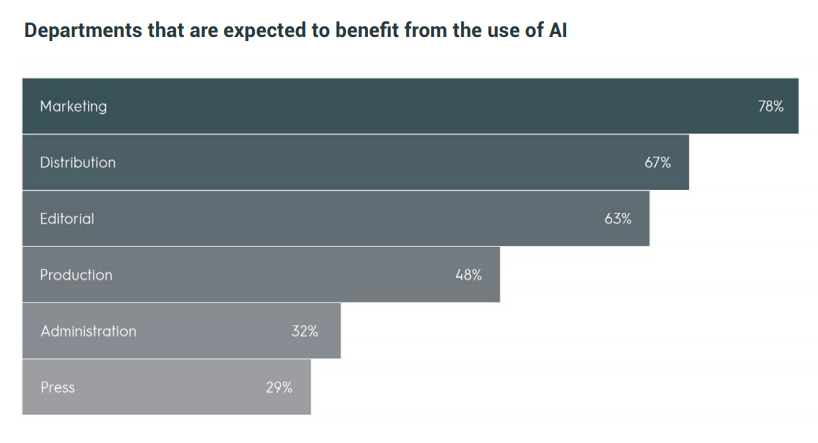
“Perform tasks at scale in ways previously unimaginable”
Prominent examples include, The New York Times which deployed an AI based tool called Perspective to moderate its comments section. The tool detects abusive comments and labels them as toxic. It has helped substantially reduce the workload of human moderators allowing the Times to open more articles for commenting.
Since comment moderation requires a lot of resources, earlier the Times would only open up 10% of its articles for commenting. Working with Perspective, has enabled it to open comments on every top story on their homepage.
“This allows the NYT to foster a vast online community capable of connecting with them and with each other. In terms of business, this means communicating with the world and attracting new subscribers,” suggest the authors.
AI-driven technology enables the NYT and companies of their ilk to perform such tasks at scale in ways previously unimaginable.
Lovrinovic and Volland
Other areas where publishers are currently using AI include, automated pricing, dynamic advertising, customer service and chatbots.
“Significant uplift in sales”
European ebook and audiobook distributor Bookwire uses tools that match and compare various historical data points for prices, and track title performance. The system issues recommendations on the ideal prices at any given time, and during time-limited special promotions.
It also automates the integration of recommendation based advertisement in ebooks based on title similarity and customer preferences. The technology has driven “a significant uplift in sales” for the publisher (figures not shared) and 25% increase in titles registered for its Spain and Latin America market venture.
In customer service, AI powered chatbots can interact with thousands of individual users simultaneously. Publishers are using chatbots as shopping assistants for customers who are perusing an online catalog, or as messengers delivering tailored updates on the latest news stories.
According to the authors, chatbots can also be programmed with answers to frequently asked questions and the ability to offer product recommendations to customers based on their responses.
“As a publisher, this means increasing discoverability by helping readers navigate your library free from clumsy search functions and filters, ultimately recommending the best books for each individual reader. With machine learning, backlists become a goldmine for potential sales based on current market trends.”
“The impact will be immense”
So what is the best way to begin with AI and make the most of it? The whitepaper suggests a 6-step process for publishers intending to integrate AI into their businesses.
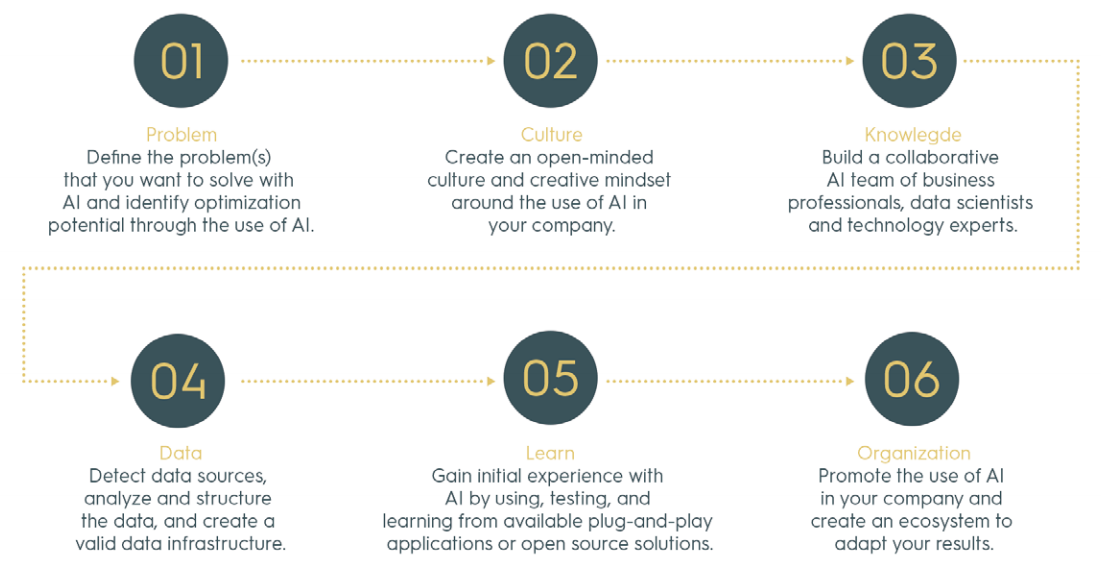
- Problem: The first step i.e., defining the problem is best done by analyzing organizational areas, tasks, processes and services, that can be optimized by data-driven or automated steps. The user’s point of view should be taken into account and clear, measurable goals defined.
- Culture: “AI is to be understood as an iterative and experimental process whose results can vary according to data quality, and whether or not the problem has been clearly defined,” suggest the authors. This makes company-wide buy-in an important part of the process. Moreover, cross functional perspectives can contribute deep insights in developing AI solutions.
- Knowledge: The next step involves building a collaborative AI team of business professionals, data scientists, and technology experts. An interdisciplinary team will be able to identify and analyze the relevant data, create and manage the business case and action plan, and set up and manage the relevant IT infrastructure.
- Data: The efficacy of AI systems depends upon the quality of data that it’s trained on. “Not only does data make AI smarter, but it improves its accuracy, and an increase in data fuels other AI technologies,” write the authors. The fourth step involves carrying out an inventory of internal data sources to determine if the organization has data relevant to the identified problem. The paper also suggests publishers to identify external sources that can be used to collect relevant data.
- Learn: Next, publishers can gain initial experience by using, testing, and learning from available plug-and-play AI applications or open source solutions. The authors recommend taking small steps to stay agile so that they can react quickly and flexibly to changing conditions. The feedback gained from testing should then be used to iteratively develop the model until it satisfactorily solves the problem.
- Organization: AI tools continue to improve with training and usage. So it should be an ongoing process. Additionally, the authors recommend promoting the use of AI across the organization. The goal is to create an ecosystem that adapts the results of the ongoing AI experiments to develop an organization-wide data strategy. It will enable the company to systematically leverage data and AI to address various other issues or develop services.
The authors comment, “For those companies implementing AI in the right way at the right time, the systems set to disrupt technology-based industries become the very tools with which they’ll climb their way to the top.
“Given the varying stages of development of different AI technologies, it is too early to definitively state how they will change the publishing industry–but without question the impact will be immense.”
Télécharger : le rapport (24 pages)





















